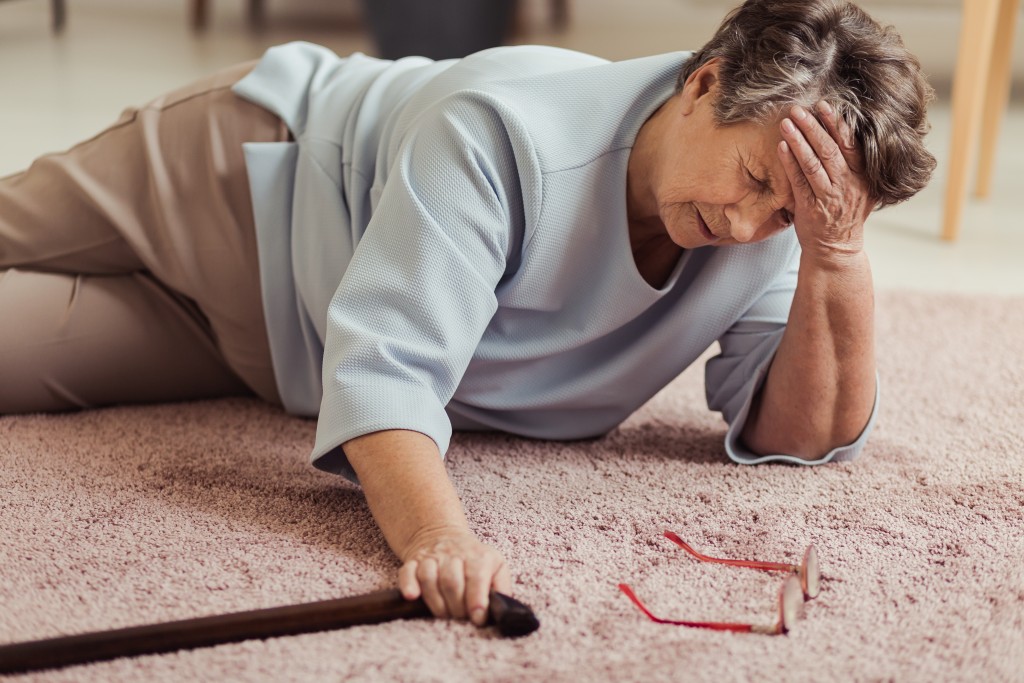According to the Parkinson’s Foundation, almost one million Americans live with Parkinson’s disease. In fact, it is known to be the second most common age-related disease only after Alzheimer’s. In the US, around 60,000 people are diagnosed with PD every single year. Around the world, there are over 10 million people with PD.
As widespread as this disease is, it’s surprising that many are still in the dark regarding its symptoms and how to deal with them best. If you or someone you know live with PD, you must understand how to live with it.
This article can help get you started.
What is Parkinson’s Disease?
According to the National Institute on Aging, Parkinson’s disease is an illness in the brain that causes shaking, stiffness, and having difficulties with balancing, walking, and overall coordination. These symptoms start gradually and typically get worse over time. Although both men and women can get PD, there are 50 percent more men PD patients than women.
What are the Symptoms of Parkinson’s Disease?
PD symptoms may vary greatly from one patient to the other. Early signs are often mild and may likely be unnoticeable. Symptoms generally start on one side of the body. Even after the symptoms affect the other side, the first affected side usually manifests worse symptoms.
Here are a few of the most common symptoms of PD.
- Rigid Muscles — Stiffness and pain in the muscles can occur in any part of the body. The pain this symptom brings usually limits the kind of motion one can perform.
- Slowed Movement — As time and the disease progresses, slowing of the movement may be noticed. It can reach a point where simple tasks are more difficult and time-consuming to do, like putting on a shirt or getting out of a chair.
- Tremors — Shaking usually starts in a limb. This is commonly seen on hands and fingers even when at rest.
- Automatic Movement Loss — There may be a reduced ability to perform automatic and unconscious movements like swinging the arms while walking or even blinking.
- Reduced Posture and Balance — PD can affect the posture and balance of patients. They may appear stooped, for example.
- Writing Changes — Writing may become more challenging as PD progresses. The writing may also appear small and illegible.
- Speech Changes — PD may cause many different changes to speaking, including softening, speed changes, slurring, and a whole host of other shifts.
What are the treatment options for Parkinson’s Disease?
Unfortunately, a cure for PD has not yet been made. However, it is entirely possible to manage its symptoms successfully. This can be done with medication, a healthy lifestyle, and medical procedures.
According to the American Parkinson’s Disease Association, a combination of exercise, diet, and medications can make a world of difference for the quality of life of PD patients.
Exercise
 A regular workout can make a huge difference in patients’ mobility in the short and long term. Here are some of the exercises that PD patients do.
A regular workout can make a huge difference in patients’ mobility in the short and long term. Here are some of the exercises that PD patients do.
- Cycling
- Swimming
- Dancing
- Non-Contact Boxing
- Walking
- Strength Training
- Tai Chi
Diet
Although there is no one recommended diet for PD patients, a healthy overall diet is generally a good idea. This means plenty of fruits and vegetables for fiber and antioxidants. A lot of non-alcoholic and caffeine-free beverages are also ideal for reducing muscle cramps.
Medications
Although there is no cure for PD currently, a range of medications have been found to help manage and successfully treat the motor symptoms throughout the course of the disease. The neurologist, medical professional, or movement disorder specialist can recommend these treatment courses depending on the disease’s goals and extent.
Health Care Team
A working relationship with experts in the PD field can help in managing the disease. As the disease progresses, the health care team’s roles may change to suit the shift in the symptoms. Some team members will last the duration of the disease, while others are only needed in managing certain symptoms or transitions.
It’s best to build relationships with the following.
- Movement Disorder Specialist
- Neuropsychologist
- Neurosurgeon
- Nurse
- Occupational Therapist
- Parkinson’s Disease and Palliative Care
- Pharmacist
- Physical Therapist
- Social Worker
- Speech Therapist
- Wheelchair Store Owner
Disability Benefits
As PD progresses, patients may find it difficult to maintain working for a living. Because of this, there may be different disability insurance types available to them. The American Parkinson’s Disease Association has a comprehensive list on their website to help.
Although PD is a progressive condition without a cure at this time, it’s important to stay positive to manage its symptoms better. Develop a healthy lifestyle and diet. Build working relationships with medical professionals and other helpful entities. The disease is manageable, and the symptoms are treatable. Stay strong.

